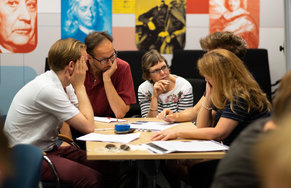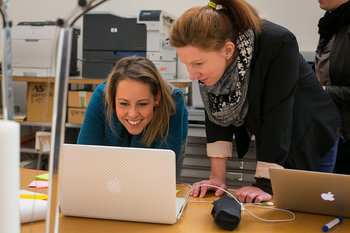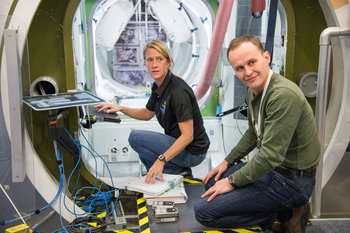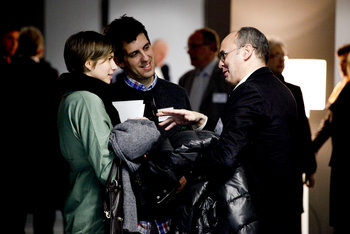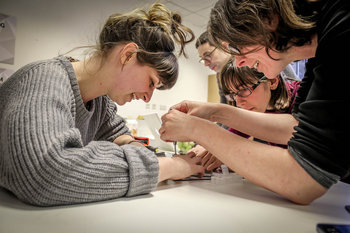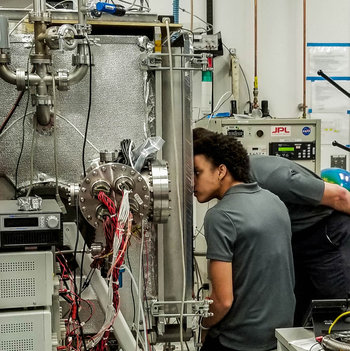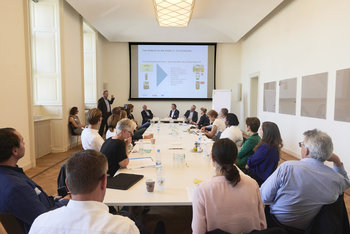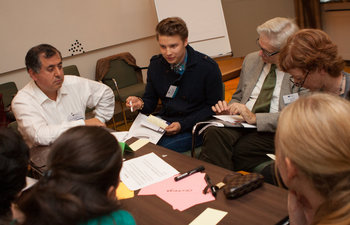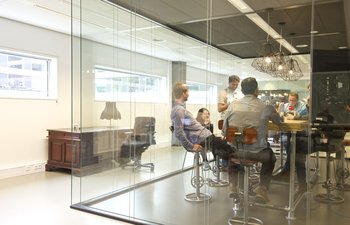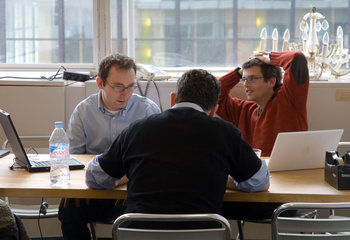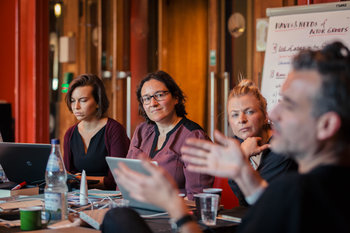|
| |
Engineering is the application of science to design and problem solving. This is a broad field that includes the design of tangible things such as infrastructure, machines and computer hardware and intangible things such as software and processes. Engineering requires big picture thinking whereby engineers have the foundational knowledge required to apply first principles to design problems. Likewise, engineers may work with the intricate details of a design such that they require technical knowledge in various domains. The following is a list of engineering careers followed by a brief description of each profession.Aerospace Engineer | Agricultural Engineer | Architect | Artificial Intelligence Engineer | Automotive Engineer | Biochemical Engineer | Biomedical Engineer | Chemical Engineer | Civil Engineer | Computer Engineer | Controls Engineer | Data Engineer | Electrical Engineer | Energy Engineer | Engineering Management | Environmental Engineer | Geological Engineer | Health & Safety Engineer | Human Factors Engineer | Industrial Engineer | Landscape Architect / Engineer | Machine Learning Engineer | Manufacturing Engineer | Marine Architect / Engineer | Materials Engineer | Mechanical Engineer | Molecular Engineer | Packaging Engineer | Process Engineer | Product Design Engineer | Product Safety Engineer | Reliability Engineer | Research Engineer | Robotics Engineer | Software Architect | Software Developer | Software Engineer | Structural Engineer | Thermal Engineer | |
Aerospace EngineerEngineering things that fly such as aircraft and spacecraft.Agricultural EngineerThe design of farming machinery and processes.ArchitectThe structural design of buildings. This is essentially architectural engineering but also has an artistic and cultural side.Artificial Intelligence EngineerThe design and implementation of artificial intelligence.
Automotive EngineerThe engineering of cars and other motorized vehicles.Biochemical EngineerThe intersection of chemical engineering and biological engineering. For example, the design of a process that uses a bacteria to break down a chemical.Biomedical EngineerEngineering related to medicine such as healthcare management, treatments, diagnosis, monitoring and therapies. This has a large number of specialties such as bioinformatics, biomechanics and biomaterials.Chemical EngineerThe development of chemicals and chemical manufacturing processes.Civil EngineerCivil engineering is the planning, design and maintenance of infrastructure such as railroads, airports, bridges, harbors, canals, dams and irrigation infrastructure.Computer EngineerThe intersection of software engineering and electrical engineering whereby an engineer can design both hardware and software.Controls EngineerDesigning the controls for complex dynamic systems. For example, control of a rocket in flight.Data EngineerEngineering of data infrastructure and systems. A type of IT engineering.Electrical EngineerThe engineering of any machines, infrastructure or equipment that is electrical.Energy EngineerThe term energy engineer is mostly applied to engineers who specialize in the energy efficiency of things, particularly buildings.Engineering ManagementManaging engineering teams and/or engineering business capabilities. For example, a software engineer who manages a team that is responsible for the reliability of a cloud platform. Engineering management is a broad term that maps to hundreds of job titles.Environmental EngineerApplying engineering to solve environmental issues. For example, a materials engineer who develops a biodegradable packaging material based on the principle of waste is food that is designed to reduce plastic waste.Geological EngineerLarge scale engineering in natural environments. Deals with things like groundwater resources, slope stability, environmental site design and mining exploration and production.Health & Safety EngineerThe design of processes, systems and equipment for health and safety. This is a diverse multidisciplinary field that deals with things like hazard controls, fire protection, ergonomics, environmental safety, product safety and workplace safety.Human Factors EngineerHuman factors engineering is the design of things to consider human characteristics and behavior. For example, a chair designed to the edges to be comfortable for most people.Industrial EngineerThe design, implementation and optimization of industrial processes and systems. For example, the engineering of an order fulfillment process for an ecommerce company.Landscape ArchitectEngineering the structure of land and waterscapes.Machine Learning EngineerThe development, operation and turning of machine learning environments, also known as artificial intelligence.Manufacturing EngineerDesigning systems, machines and processes for manufacturing.Marine Architect / EngineerThe architecture and engineering work that goes into designing, modifying and building ships.Materials EngineerThe practical science around materials. This can include fabricating new materials, testing and calculations that validate the use of materials for a purpose. For example, modeling the material properties of a composite material used in the wing of an aircraft.Mechanical EngineerThe engineering design, production and analysis of machines.Molecular EngineerEngineering at the molecular level. This usually involves interdisciplinary work with other engineers in areas such as materials engineering, electrical engineering, bioengineering, medical engineering and mechanical engineering.Packaging EngineerThe design of packaging this includes elements of marketing, industrial engineering, materials science and logistics.Process EngineerEngineering the processes that produce things. For example, the processes used to manufacture chemicals.Product Design EngineerThe engineering component of product development. This can involve research, development, prototyping, technical testing, market testing, production, quality control, launch and optimization of products. Product Safety EngineerEngineering related to the health, safety and compliance of products. For example, engineering a quality control process for steel beams that are rated for use as structural elements of buildings and infrastructure.Reliability EngineerThe practice of building resilience into systems, processes and platforms. For example, designing a software platform to have 99.999% uptime such that the platform continues to operate under stress or when a large number of components fail.Research EngineerA broad term for engineering that seeks foundational knowledge and intellectual property. For example, a materials engineer who designs and tests new composite materials from bamboo fiber without applying this to any specific problem.Robotics EngineerEngineering autonomous and semi-autonomous machines.Software ArchitectThe structural design of software.Software Developer / EngineerThe development of software such as platforms, systems and applications.Structural EngineerThe design, modification and analysis of structures such as buildings and infrastructure. Mainly concerned with the strength, stability and resilience of structures such that they can bear loads and stress without collapsing. Closely related to civil engineering.Thermal EngineerEngineering that deals with the heat energy. For example, the design of heating, ventilation, and air conditioning systems.Water EngineerEngineering related to water such as distributing clean water, disposal of waste water and flood resilience.
Careers
This is the complete list of articles we have written about careers.
If you enjoyed this page, please consider bookmarking Simplicable.
© 2010-2023 Simplicable. All Rights Reserved. Reproduction of materials found on this site, in any form, without explicit permission is prohibited.
View credits & copyrights or citation information for this page.
|



